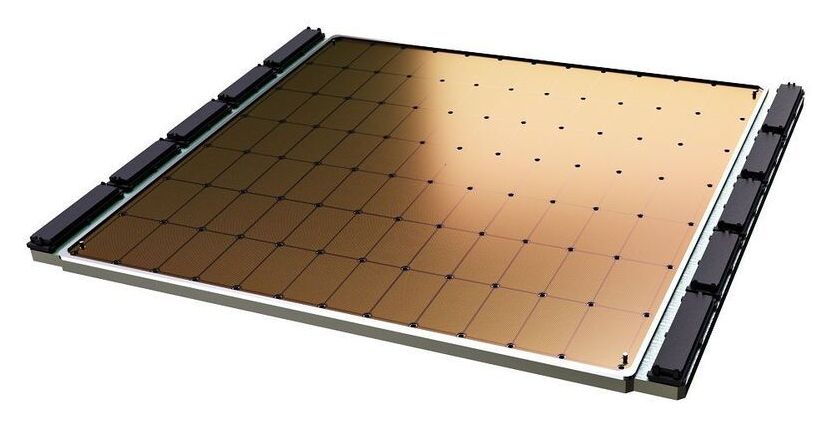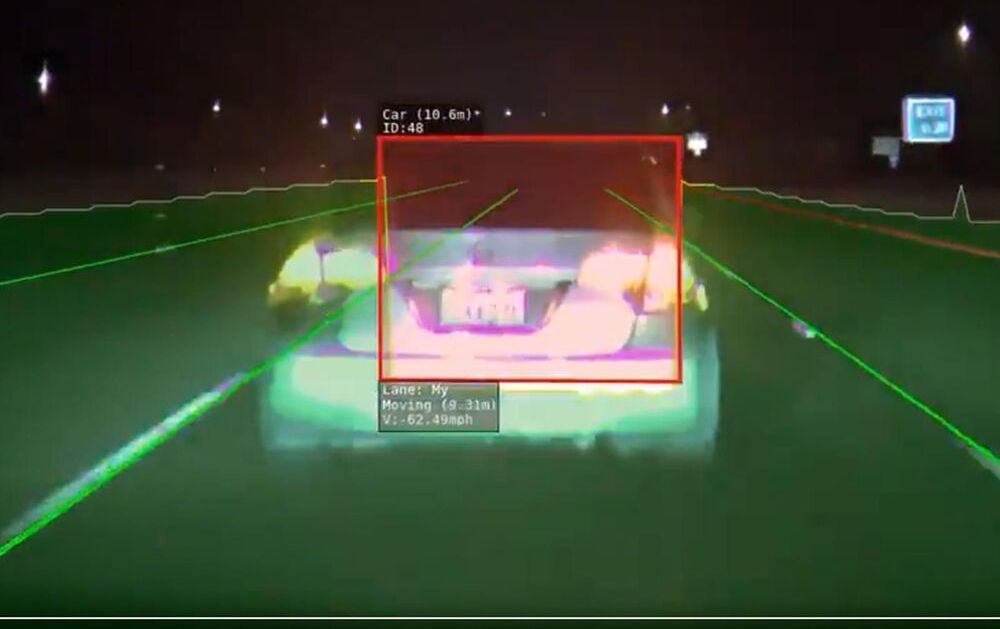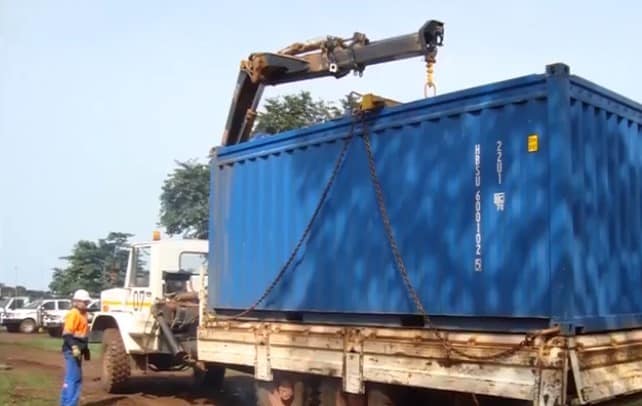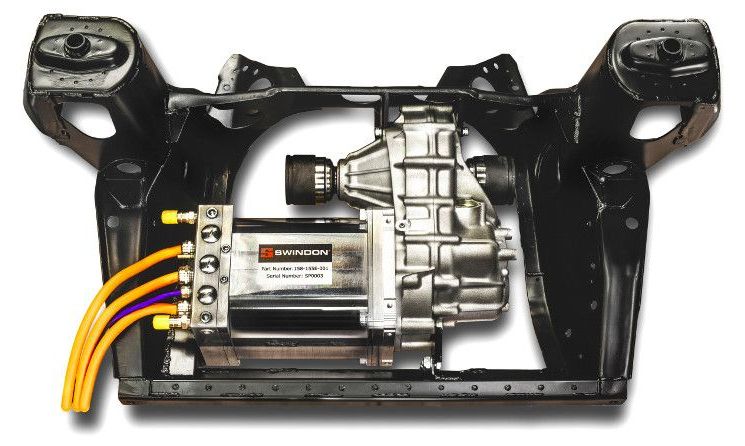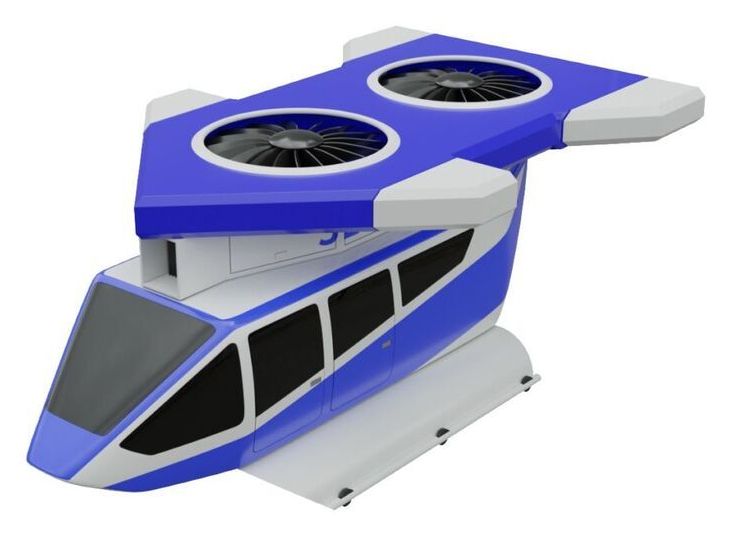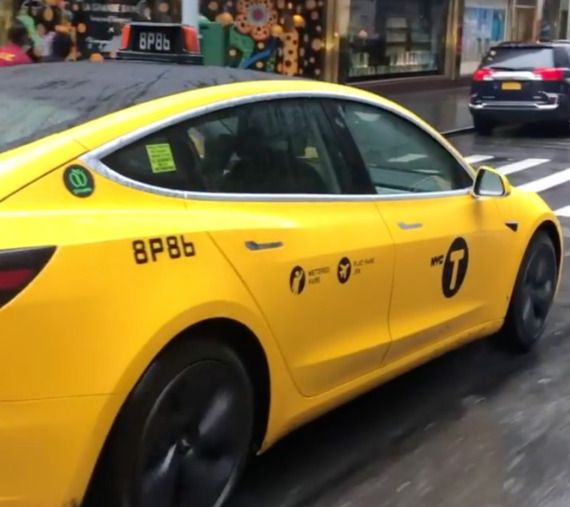Cerebras Systems and the federal Department of Energy’s National Energy Technology Laboratory today announced that the company’s CS-1 system is more than 10,000 times faster than a graphics processing unit (GPU).
On a practical level, this means AI neural networks that previously took months to train can now train in minutes on the Cerebras system.
Cerebras makes the world’s largest computer chip, the WSE. Chipmakers normally slice a wafer from a 12-inch-diameter ingot of silicon to process in a chip factory. Once processed, the wafer is sliced into hundreds of separate chips that can be used in electronic hardware.
